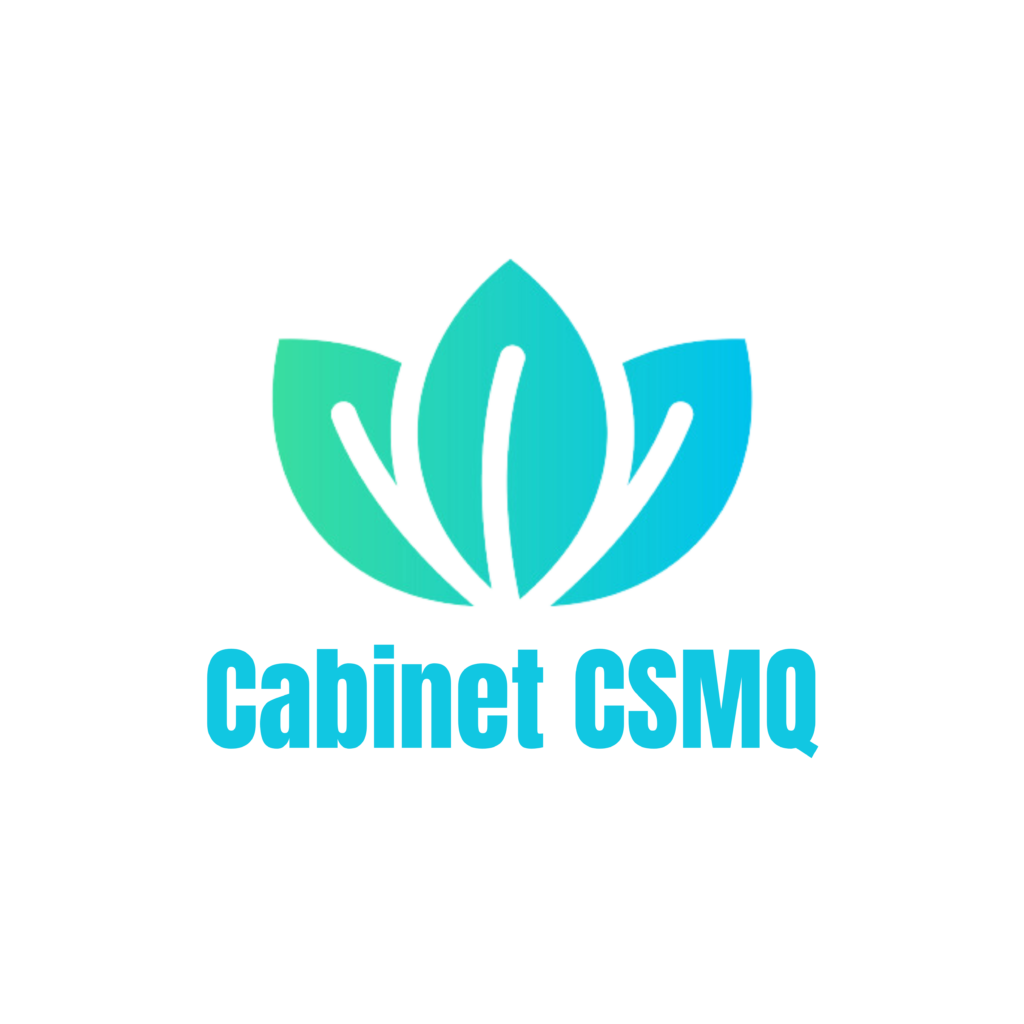First defined in 1975 by the American psychologist Edward Deci, the theory of intrinsic and extrinsic motivation distinguishes 2 forces that guide the behavior and actions of each person:
- an internal force whose goal is the search for pleasure (intrinsic motivation),
- an external force that compels action in response to an external circumstance (extrinsic motivation).
In other words, the first, specific to the individual, is a choice, while the second is imposed.
INTRINSIC MOTIVATION: PLEASURE SEEKING
Intrinsic motivation is the motivation to perform an activity in order to obtain personal satisfaction. Indeed, the very fact of performing this activity satisfies the person who does it. Thus, external rewards (congratulations, bonuses…) are not a driving force. It is, for example, the desire to learn for the researcher, the love of beautiful objects for the collector… Intrinsic motivation thus pushes one to surpass oneself, to make efforts. However, the need to excel can lead you to put a lot of pressure on yourself: The pressure to excel.
EXTRINSIC MOTIVATION: THE CARROT AND THE STICK
When an action is performed to obtain a reward or avoid punishment, it is motivated by an external constraint. Thus, the individual reacts more than he acts and provides the minimum and sufficient energy to fulfill his task. The objective is to obtain recognition from the sponsor (congratulations from the boss), a bonus (bonus, salary increase) or to escape punishment for work not done (reprimand, blame, dismissal). There is no doubt that this type of motivation ensures the smooth running of a company.
SOURCE OF PERFORMANCE
Intrinsic motivation is a source of performance. The search for pleasure makes you happy! A happy employee is a strength for a company. The proof is in these statistics from American studies from MIT and Harvard, quoted by Laurence Vahnée, founder of the firm Happy-formance. Happy employees are :
- 2 times less sick,
- 9 times more loyal,
- 31% more productive,
- 55% more creative.
It is therefore in your interest to stimulate the intrinsic motivation of your employees. In general, the autonomy of tasks, the corporate culture and the work environment promote the well-being of employees at work. Also identify the factors that motivate each employee. This means getting to know your employees, their tastes and passions. These elements can be highlighted during individual interviews or during team building events.
CSMQ offers corporate consultations. Click here for more information

